As the warm, salty waters of the Atlantic mix with the cold, fresh waters of the Arctic, Atlantic creatures are moving in.
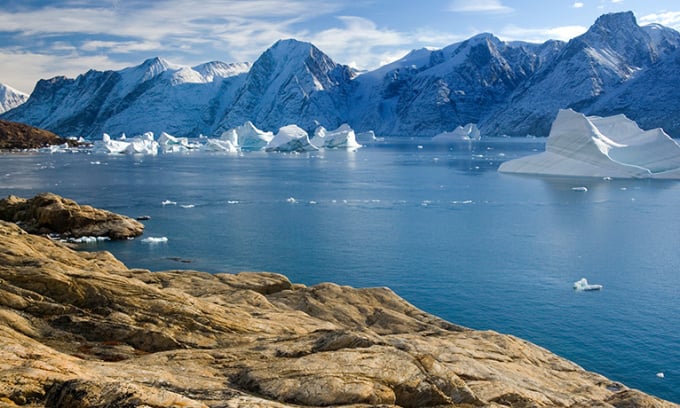
Greenland lies between the Atlantic and Arctic Oceans. Photo: Steveallen photo/iStock
Véronique Merten, a marine ecologist at the GEOMAR Helmholtz Centre for Ocean Research in Kiel, Germany, noticed an "invasion" in the Fram Strait, off the west coast of Greenland, Smithsonian reported on June 23.
While studying the biodiversity of the area using environmental DNA, she discovered the capelin. These tiny creatures normally live in the North Atlantic and Pacific Oceans . However, they have now appeared in the Fram Strait in the Arctic Ocean, about 400 kilometers from where they normally live.
Capelins are aggressive invaders, according to Merten. When ocean conditions change, they can easily expand their range.
It’s difficult to estimate the population of an animal based solely on the amount of its DNA in the water. But in Merten’s samples, capelin were the most abundant species, outnumbering typical Arctic fish like Greenland halibut and Arctic wrasse. For Merten, the presence of capelin in large numbers further north is a clear sign of a worrying phenomenon in the Arctic: Atlanticization.
The Arctic Ocean is warming rapidly – the Fram Strait is nearly 2 degrees Celsius warmer than it was in 1900. But Atlanticization is not just a warming, it is a change in the physical and chemical conditions of the Arctic Ocean.
As part of the ocean circulation, water flows regularly from the Atlantic Ocean to the Arctic. This exchange occurs mainly in deeper waters, with ocean currents carrying warm, relatively salty Atlantic water northward. This warm Atlantic water does not mix well with the relatively cool, fresh Arctic surface water. Fresher water is not as dense as saltwater, so Arctic water tends to rise while saltier Atlantic water sinks.
However, as the sea ice melts, the surface of the Arctic Ocean becomes warmer. The barrier between the layers of water gradually disappears, and the Atlantic water mixes with the layer above more easily. The warmer surface water continues to melt more sea ice, exposing more of the ocean to sunlight and warming the water even more. This is called Atlanticization of the Arctic Ocean.
As well as finding large numbers of capelin in the Fram Strait, Merten also found DNA from other Atlantic species such as tuna and Histioteuthis squid. This is evidence that Atlanticization is happening rapidly and could have huge consequences.
A long-term study in the Barents Sea off Russia painted a grim picture of how Atlanticization could disrupt Arctic ecosystems. As the Barents Sea became warmer and saltier, Atlantic species invaded, according to study leader Maria Fossheim, an ecologist at the Norwegian Institute of Marine Research. Fish populations in the Barents Sea moved 100 miles north in just nine years. By 2012, at the end of the study period, Fossheim found that Atlantic species had spread throughout the Barents Sea, outcompeting Arctic species.
Thu Thao (According to Smithsonian )
Source link



![[Photo] Hanoi morning of October 1: Prolonged flooding, people wade to work](https://vphoto.vietnam.vn/thumb/1200x675/vietnam/resource/IMAGE/2025/10/1/189be28938e3493fa26b2938efa2059e)

![[Photo] Keep your warehouse safe in all situations](https://vphoto.vietnam.vn/thumb/1200x675/vietnam/resource/IMAGE/2025/10/1/3eb4eceafe68497989865e7faa4e4d0e)

![[Photo] President of the Cuban National Assembly visits President Ho Chi Minh's Mausoleum](https://vphoto.vietnam.vn/thumb/1200x675/vietnam/resource/IMAGE/2025/10/1/39f1142310fc4dae9e3de4fcc9ac2ed0)


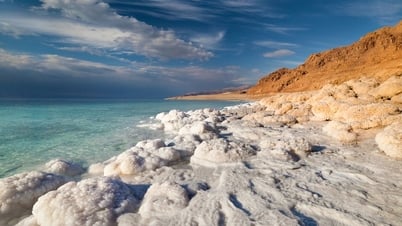

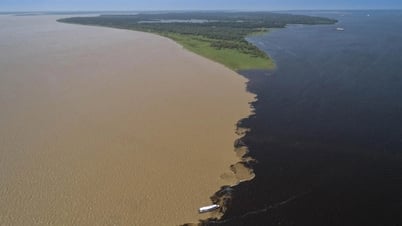
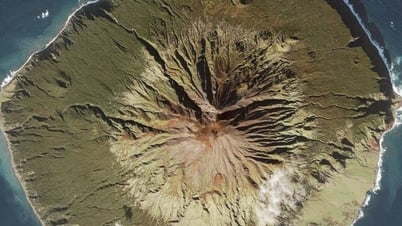



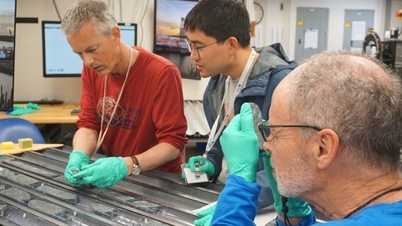






![[INFOGRAPHIC] DJI Osmo Nano Action camera, super compact, 4K 120fps recording](https://vphoto.vietnam.vn/thumb/402x226/vietnam/resource/IMAGE/2025/10/1/8408489112ee446dab897373255c827e)
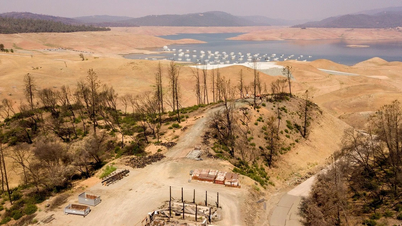








































































Comment (0)